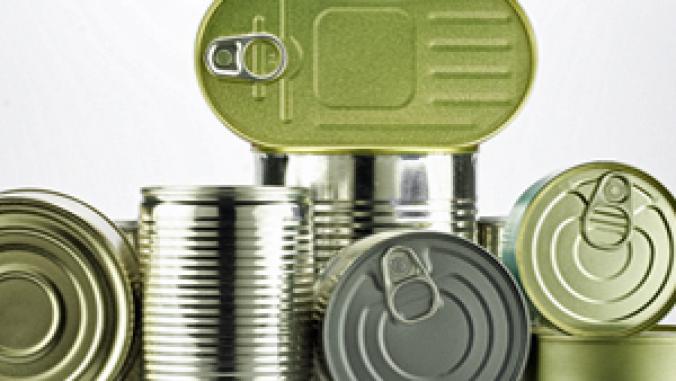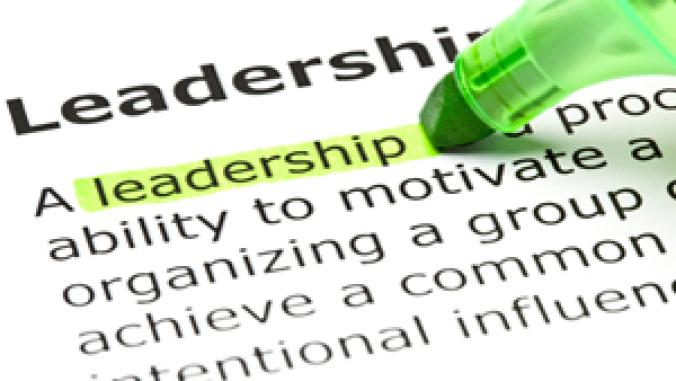10,000 Commercial Green Building Projects Earn LEED Ratings
<p>The U.S. Building Council reaches the LEED milestone with more than 1.3 billion square feet of commercial property worldwide now certified under the organization's standards.</p>

[Editor's Note: Updated with comments from green buildings expert Rob Watson.]
The U.S. Green Building Council reached a new milestone today with its Leadership in Energy and Environmental Design rating system: The 10,000th commercial building project was certified to the organization's standards.
"Ten thousand commercial certified buildings stand as a powerful example that a strong triple bottom line translates to real, tangible success," said USGBC President CEO and Founding Chair Rick Fedrizzi in a prepared statement.
The project that brought the LEED system to a new threshold is a recently constructed building for the Live Oak Family Center in the seaside town of Santa Cruz, Calif. With a roof-mounted solar power system and daylighting, the two-story building earned a LEED-Platinum certification, the highest level possible.
LEED-certified commercial space now totals 1.3 billion square feet of property around the globe, according to Erin Emery, a spokeswoman for the Green Building Certification Institute, which provides the third-party confirmation for LEED certifications.
Although the rating system and its label are based in the U.S. and there are sister Green Building Councils around the world, several international properties are certified under the USGBC's LEED standards. For example, the Y.S. Sun Green Building Research Center at the National Cheng Kung University in Taiwan, the country's first "zero-carbon" building, earned LEED-Platinum certification earlier this summer.
The 11-year-old rating and assessment system's portfolio of certifications has grown by bounds since its launch. Just last year, it topped 1-billion square feet in certified commercial space. GreenBiz contributor Rob Watson, considered "the founding father of LEED," will detail the latest on the rating system's influence and growth in his fourth annual Green Building Market and Impact Report for GreenBiz, due out in November. [Here is the 2010 study.]
"Milestones like this -- 10,000 buildings or the soon-to-be 2 billion square feet of certified floor area or the imminent cumulative 10 billion square feet of projects registered and certified -- show the incredible impact that LEED has had on the building market," Watson said.
"But in order to make a measurable dent on the survivability of the human race, LEED needs to be accelerated tenfold," he said. "The good news is that LEED buildings are better buildings -- environmentally and economically -- and with projects in more than 120 countries and 45 percent of all new floor area coming in from international projects, LEED truly uniting the world around green buildings."
The certification milestone comes as the USGBC opens up its latest update of LEED to public comment. LEED was designed to undergo continuous development, and one of the big things LEED 2012 aims to address are the gaps that can occur between the way a building is designed and the way it actually performs.
Watson and other building sustainability experts talked in depth about the design versus performance problem at the GreenBiz State of Green Business Forum last spring. Participants anticipated that LEED building owners would soon be required to report the performance of their properties to the USGBC to maintain building certification.
At the time, Johnson Control's Vice President of Global Energy & Sustainability Clay Nesler summed it up like this: "In the old days, you could pretty much weld the plaque to the wall, but where the U.S. Green Building Council is moving, someday you might have to have a crowbar handy because you may have to remove it."
Drafts of the proposed LEED 2012 changes are here.
The USGBC LEED certification system is the most widely used non-governmental green building label in the U.S. and covers neighborhood developments and homes in addition to non-residential buildings. The government-run Energy Star program for energy efficient buildings is larger with more than 15,225 commercial buildings and plants carrying the Energy Star label. The program covers almost 2.5 billion square feet of space.
Image CC licensed by Flickr user Swanksalot





